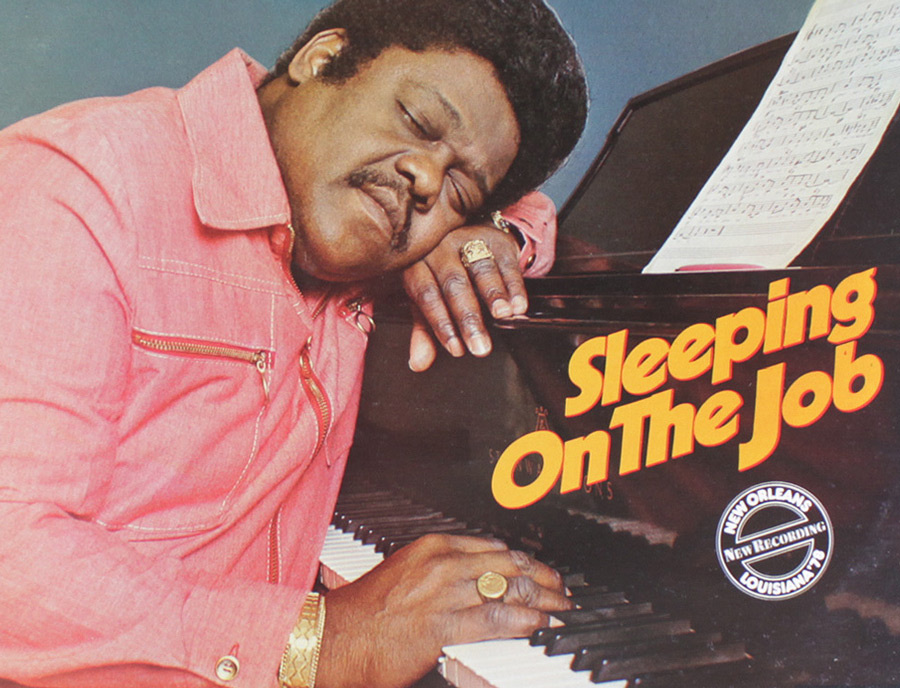Get everything in the right place.
In terms of music production, you usually hear about mixing, recording or editing.
However, there’s another step to music creation that’s usually forgotten.
Arranging.
Arranging music in DAW software is easier than ever. However, there are some common arranging errors that occur way too often.
Right here’s how to keep away from them and get a better arrangement—And more importantly a better track.
1. Don’t Zoom In Too Far
Always keep your whole track in mind. Your sections must flow in and out of each other.
Clearly, you must zoom in on the details to keep your track fascinating.
However, don’t obsess over particular parts too much.
Keep in mind: your greatest reference point is the feel and mood of all the track. When you get stuck on a particular part, zoom out and un-mute all these other tracks.
So polish the details. However, do it with the rest of the track in mind.
2. Good is in the details
Arranging is all about the little things. These tiny accents perk up the ear. The sounds that you may not even notice on the first listen.
Let your audience discover new things every time they hit play. There are lots of methods to do it:
- Utilize automation to build up to a transition
- Reverse a 4 bar loop at random throughout your track
- Use silence creatively
- Create one stem get slightly louder as a track progresses
Experiment with the details. As long as it isn’t too in your face (or in your ear I guess) you could get away with some pretty zany stuff.
It doesn’t matter what you do, put some subtlety into your arrangement. It will make your songs way more engaging.
3. Know Your Limit, play within it
We have all been there. You are duplicating parts. And moving tracks around. Dropping in a new verse. Doubling a chorus. Including a little bit of this and a little bit of that.
And before it your 5-minute banger has turned in a 16-minute snoozer.
Be ruthless. When you don’t absolutely NEED a section then minimize it and don’t look back. However, don’t trash it! You never know if you’ will need it.
Some of the best songs ever written are masterful of their simplicity. So take it easy and ditch the fat.
“Making the complicated simple, awesomely simple, that’s creativity.”
-Charles Mingus
4. Build Bridges, not islands
Arranging music is all about building bridges between your parts. You may have guitar island over there and synth island over there.
Without fascinating transitions, tracks could typically sound too rigid and linear. To build fascinating bridges to connect all these beautiful islands.
Hot Tip: Your intro and outro are super vital. Don’t just begin and stop your track on a dime. Build suspense early and leave them with something not to forget on the way out.
5. If it, use it
In terms of arranging music, simple is always better.
Simple means something different for everybody. So stick to whatever simple means to you.
Attempting to shoe-horn a certain process into your track just for the sake of utilizing it could ruin a great arrangement real quick.
Try to practice different arranging zs and create them your own. If your tools your tracks will turn out more fluid.
6. Say no to Boring
There is a serious disease in music arranging. It’s known as ‘grid-vision’ and it could affect anybody. Don’t let it occur to you.
In most DAWs there is a grid for arranging. Most of the time it is extremely helpful. Your tracks snap right to it. So it’s simple to move stuff around.
However, it does something else too: It makes your tracks linear, boxy and frankly, a bit boring when you stick strictly to the grid.
Most DAWs permit you to ‘un-grid’ your tracks.
Try to turn off the snap to grid option and make a song come in a tiny bit early. Or a tiny bit late. It’s up to you.
It will give your overall combine a more human feel to it. And it will save your sound from that nasty ‘grid-vision.
7. Layer with Care
Sound layering provides your tracks depth. The layers that are reaching out and cradle audiences.
Be sure there is a balance in your stack of clips. If there’s too much happening in a spot, don’t be afraid to eliminate one thing.
For that deep refined layer try to drop in a sustained pad that spans your entire observation. Or quietly combine in a looped field recording.
However, heads up—do not go too nuts with the layers. Too many and your song will turn into a bubbling cauldron of grey soup.
8. Don’t Leave your Lead behind
This one is a no brainer. However, it occurs way too usually.
During arranging you HAVE to remember your lead! Don’t build on top of it. Build around it.
Arrange your parts to complement your lead, not fight it. Overly complicated arrangements will bury your lead really quickly.
That is obviously something that could be fixed during the mixing phase as well. However, beginning with a nice lean arrangement will help big time before you begin mixing music.
So let the lead shine and arrange around it.
Arranging is strange if you are a stranger
Arranging music is an art form. The only method to master it’s to experiment with the heck out of it. And do it usually.
Try to go back to a song you have already completed and re-arrange it for practice. Every second count.
You may only have 7 tracks to arrange. However, there are one billion methods to arrange them. I’m not saying try all billion of them (go ahead when you have the time).
However, get loose with arrangements. Your tracks will thank for it.
And so will your ears.




